How To Design Winning Amazon Listings in 2024
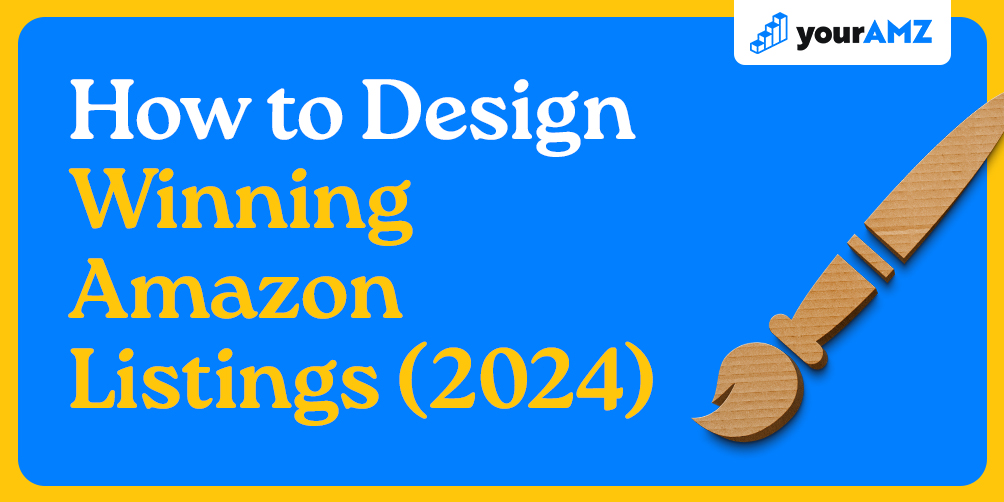
There’s a huge difference between selling your products in a store and selling them online. Understanding why this matters will help you make much better online listing pages.
For one, customers know exactly what they’re buying when shopping in a store because they are physically holding it. Online, customers have to hope they receive what they think they are ordering.
If customers are in a store with you, the owner or manager of that brand, you can personally explain the product's top benefits, customize the explanation to that specific customer, and even explain how the product works with a demo or with examples/samples.
When you are selling on Amazon, your listing has to do 100% of the selling for you. No live Q&A’s with a sales rep, no ability to physically hold or test out the product… it's JUST your Amazon listing page doing all of the work.
This means you have to explain every benefit relevant to every customer clearly, by showing unboxings, demos, how to use with your other products, or anything else that is relevant to that product page.
In this blog, I’m going to walk you through each major component of your listing and how to best optimize it.
There are 9 key components to your Amazon listings:
- Product Title
- Bullet Points
- Review Score / Review Count
- Listing Images
- Listing Videos
- Brand Story
- A+ Content
- Amazon Posts Section
- Videos Section
Product Title
Your product title is more important than many Amazon brands realize. Since Amazon is a pay-to-play platform using pay-per-click ads, we want to make sure we are attracting a high percentage of clicks from qualified customers.
You can use your product title to clearly communicate what your product is and what your product is not. This helps tell interested customers to click (and buy), while warning uninterested shopped to not click. This should ultimately increase your conversion rate and make your advertising much more profitable.
The most important thing to consider is how your title appears in Amazon search. Below is a screenshot of the same listing on an Amazon Prime account vs an Amazon business account:
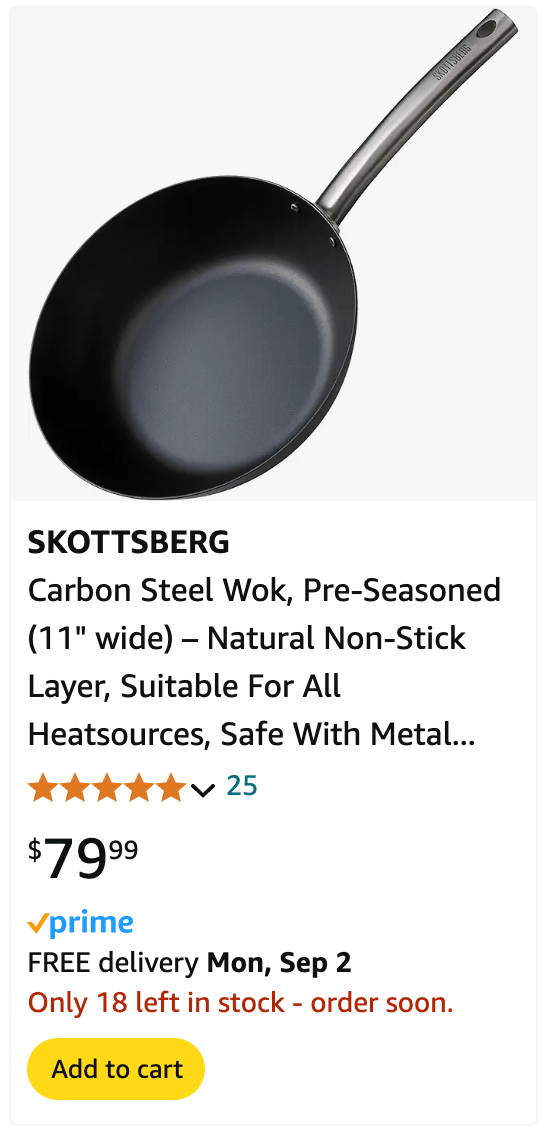
Search result on an Amazon Prime account (desktop)

Search result on an Amazon business account (desktop)
Notice the huge difference? Search results show up differently based on the account type and even the keyword used in search. In this case, the business account has all the products stacked on top of each other, while the Prime account displays the product in a grid that is 4-5 products wide.
The reason this matters is that your title can be cut short with ellipses “…” when placed in a grid format. You just need to be conscious that the most important information is displayed in the visible portion of your title for Prime accounts. This is usually within 115 characters.
Use this format when creating your product titles (200 characters max, up to 150 recommended):
[Brand Name] [Product Name, Distinguishing Feature if any] (variation information in parentheses) – [Top Benefits]
For example:
SKOTTSBERG Carbon Steel Wok, Pre-Seasoned (11" wide) – Natural Non-Stick Layer, Suitable For All Heatsources, Safe With Metal Utensils
This communicates all the most important information in grid view (carbon steel wok, pre-seasoned, 11” wide, natural non-stick, and works with all heat sources), while business accounts get a little bit more added context.
Even better if you can fit the entire title into the grid view format, like this:

Bullet Points
Your listings will thrive when you follow our 3B Framework:
- Benefits-Focused
- Beautiful Content
- Branding Consistency
Your five Amazon bullet points are where your “benefits-focused” copywriting begins. Make sure you aren’t selling customers on the features of your product. Sell the benefits to the customer, and then talk about the features to back up your benefit claims.
For example, no one cares that this portable charger has “36800mAh” – what the heck does that even mean?? I’m sure some techies might know, but I sure don’t. This is referred to as “technobabble.”
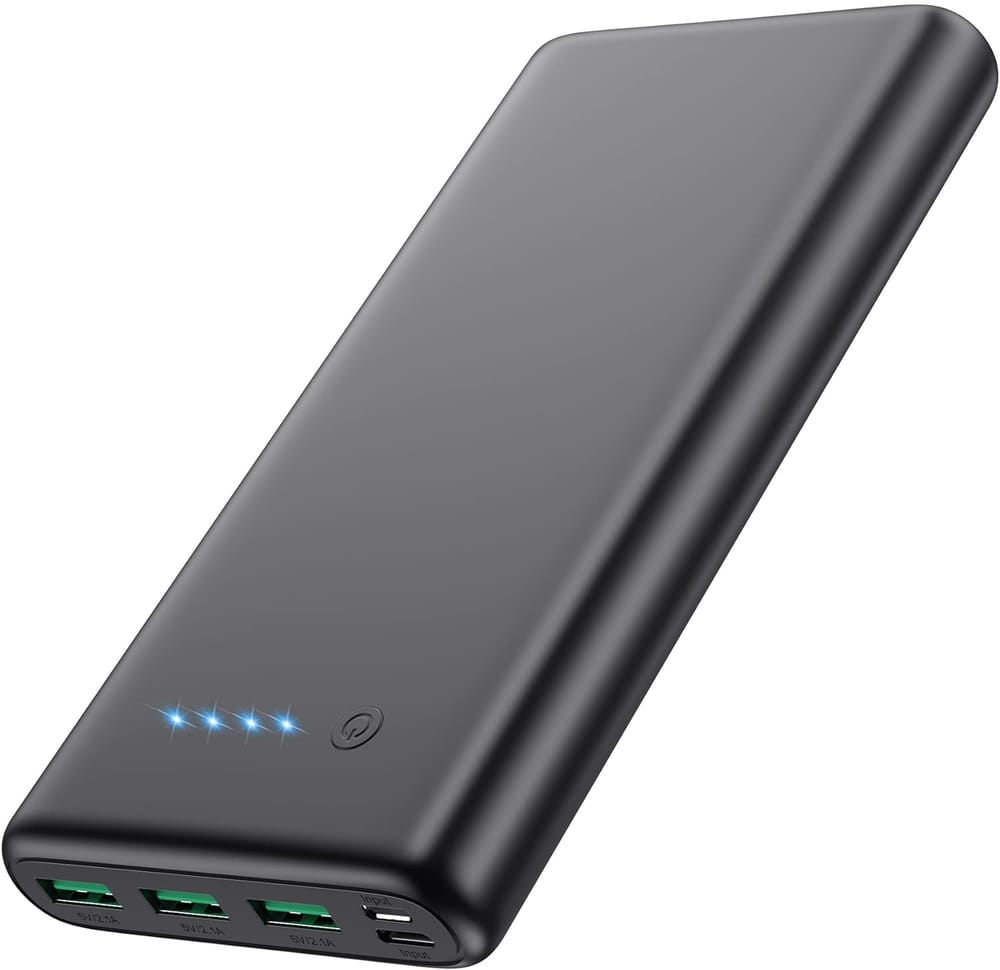

Keep reading that bullet point… see how it says “can keep your phone running all day” … THAT is what customers care about.
Let’s re-write this bullet point #1 to be Benefits-Focused using correct bullet point formatting, which looks like this:
BULLET #1 ALL CAPS SUMMARY – Explain the benefit with normal case text. (300 characters max)
BULLET #2 ALL CAPS SUMMARY – Explain the benefit with normal case text. (300 characters max)
BULLET #3 ALL CAPS SUMMARY – Explain the benefit with normal case text. (300 characters max)
BULLET #4 ALL CAPS SUMMARY – Explain the benefit with normal case text. (300 characters max)
BULLET #5 ALL CAPS SUMMARY – Explain the benefit with normal case text. (300 characters max)
I asked ChatGPT to re-write this bullet #1, and this is what it produced:
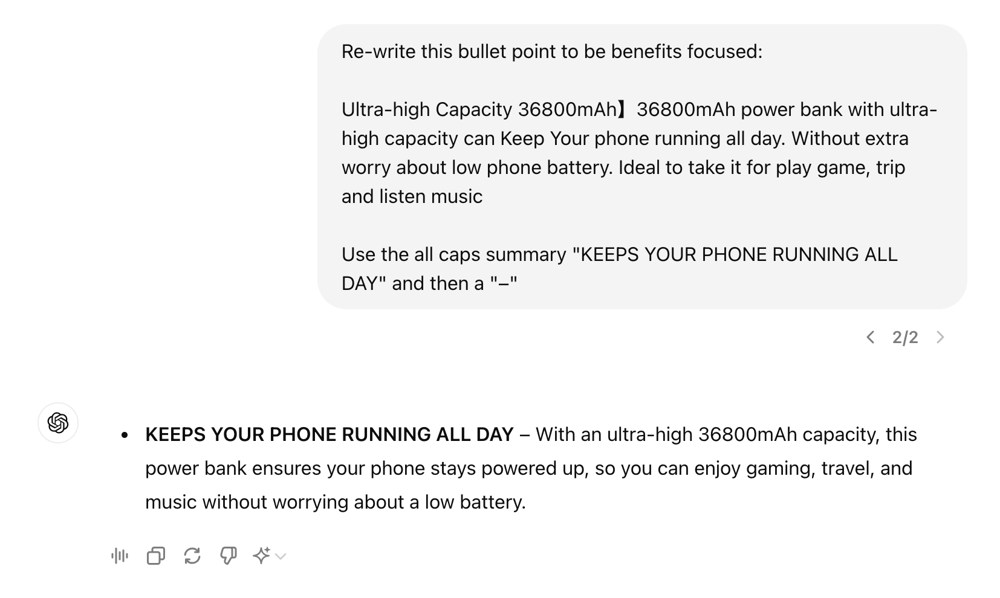
KEEPS YOUR PHONE RUNNING ALL DAY – With an ultra-high 36800mAh capacity, this power bank ensures your phone stays powered up, so you can enjoy gaming, travel, and music without worrying about a low battery.
Call out the benefit and then back up your claim with your product features, not the other way around.
Review Score / Review Count
When it comes to reviews, you want to optimize for both your “review score” and your total “review count.”
If two listings have a 4.5-star rating, but product A has 10 reviews and product B has 10,000 reviews, product B will typically outperform product A.
If two listings have 100 total reviews, but product A has a 3.9-star rating and product B has a 4.6-star rating, product B will typically outperform product A.
I say “typically” because there are other factors to consider such as price, promotions, listing design quality, marketing, traffic source, inventory, etc. But apples for apples, shoppers will choose higher-rated products and product with more reviews, which communicates product quality, social proof, and product longevity.
If you’re launching a new product, one of the highest leverage things you can do is enroll 30 units into the Amazon Vine program. You will generate around 25 verified reviews within roughly a month for just $200 and the COGS of those 30 units.
After that, it’s up to you as a seller to deliver an outstanding product experience and sell enough units to generate the reviews you desire. You should also include a product insert that requests reviews from happy customers and makes customer support options very easy for unhappy customers. Example:
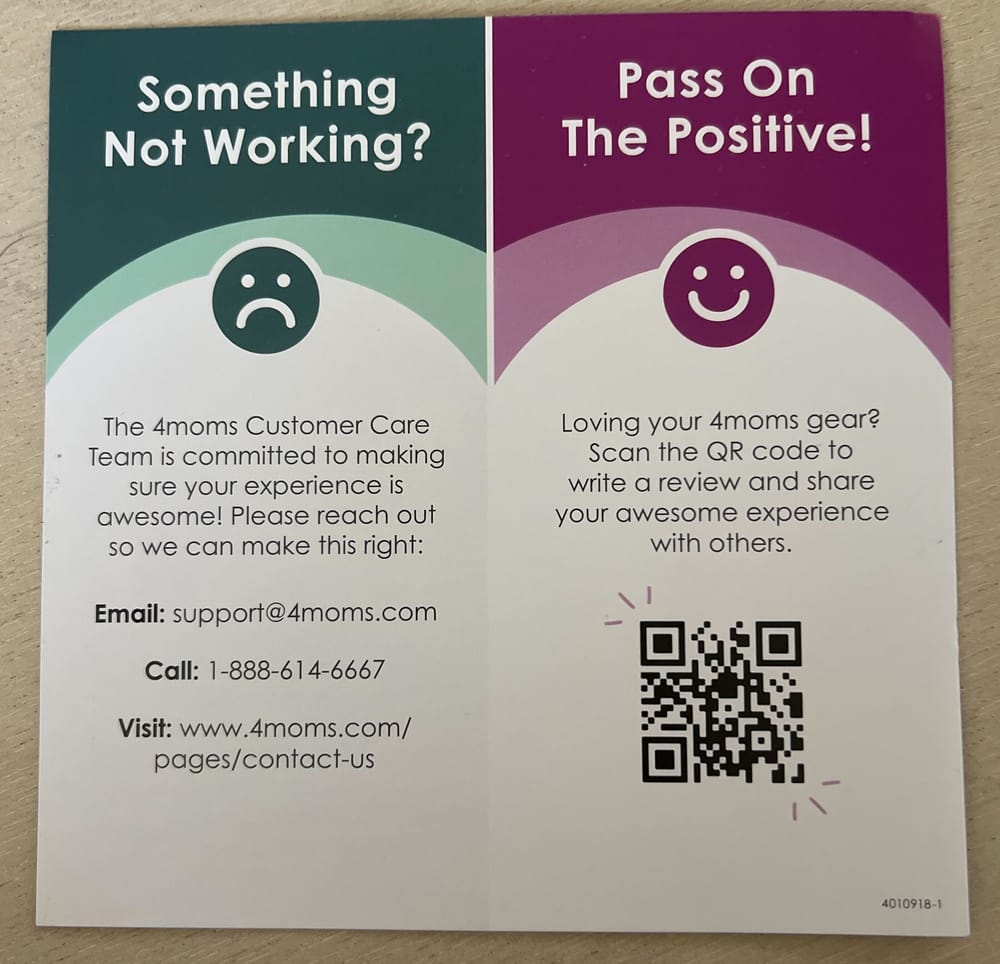
Listing Images
Your listing images are one of the most important components of your Amazon listing. The full 3B Framework will now come into effect:
- Benefits-Focused
- Beautiful Content
- Branding Consistency
On every Amazon listing, you get 7 Amazon listing images, and you NEED to be using all 7 images. Below I outline 4 tips for your main images and 6 tips for your supporting listing images.
4 Tips For Your Main Images
#1 Use Your Image Real Estate
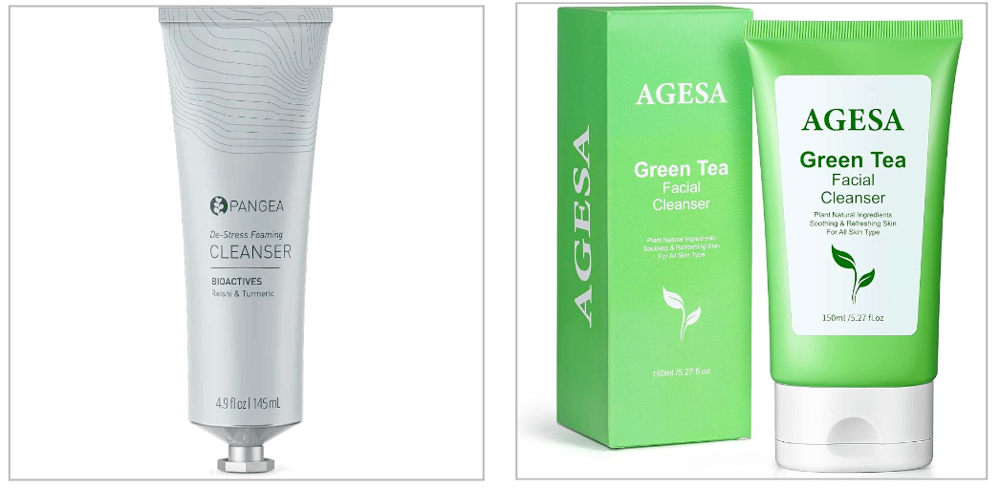
Filling your main image real estate makes your product stand out more in search.
#2 Use Vibrant Colors
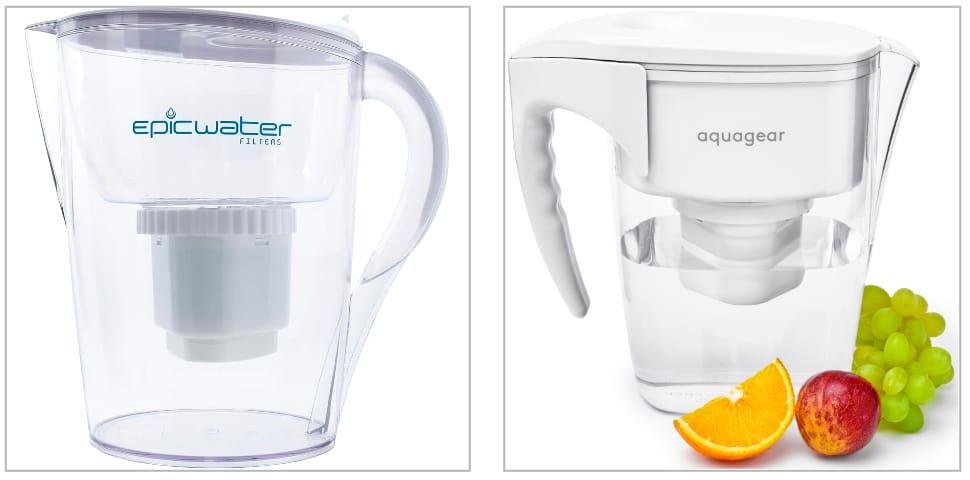
Adding a pop of color using fruit, ingredients, or other elements related to your listing attracts clicks.
Additionally, make sure your main image is bright enough.
#3 Show Important Information
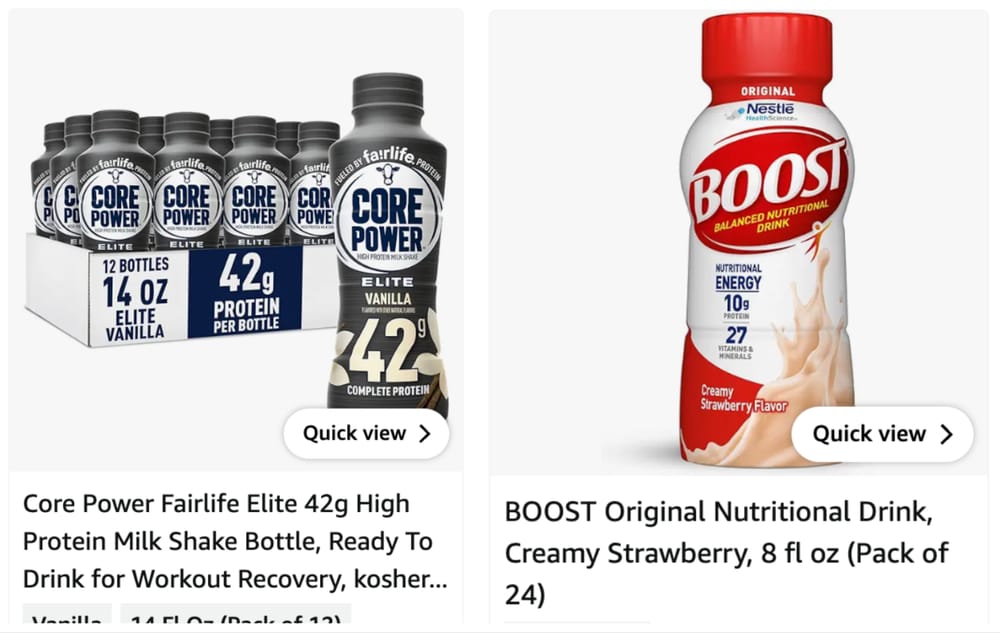
If you are selling a 24-pack, be sure to show that in your main image. This will increase your CVR and advertising profitability.
#4 Communicate Your Product

Showing what’s in the box or other relevant info about your product will boost the CTR and perceived value of your offer compared to similar offers that aren’t doing this.
6 Tips For Your 6 Supporting Listing Images:
#1 Add Text Graphics to Your Listing Images (correlated to your 5 bullet points)
Convert your bullet points into images with text graphics. Bullet points are nearly invisible on mobile, so your images will end up doing a lot of the work for showing and explaining your product benefits.
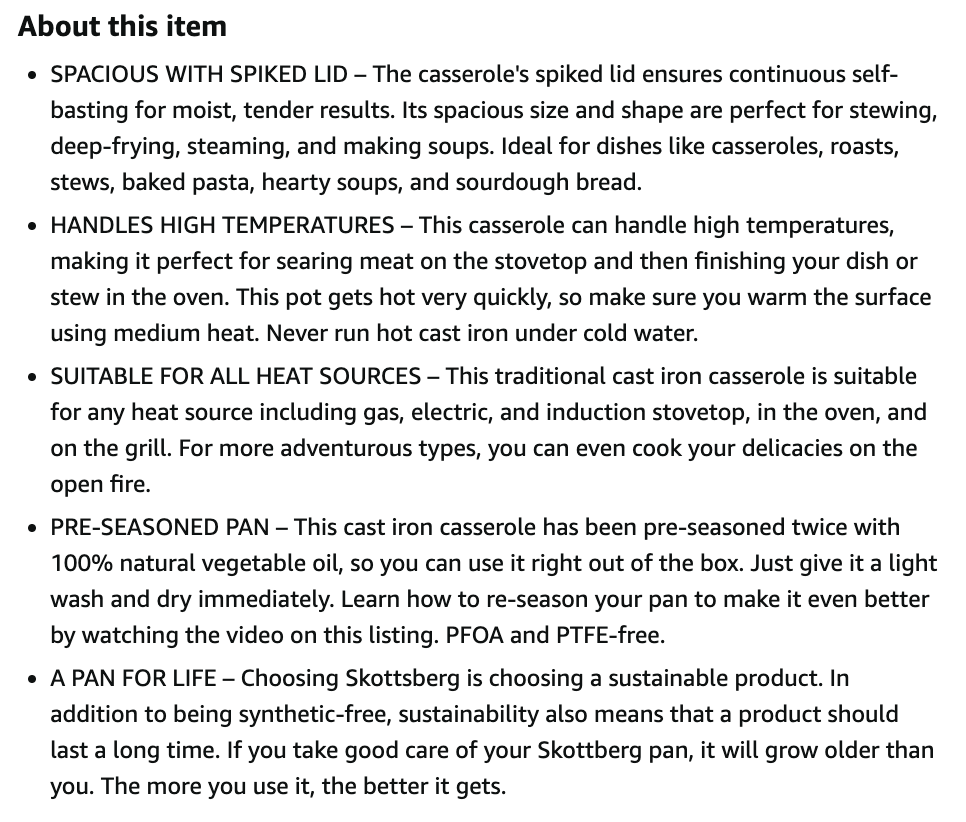
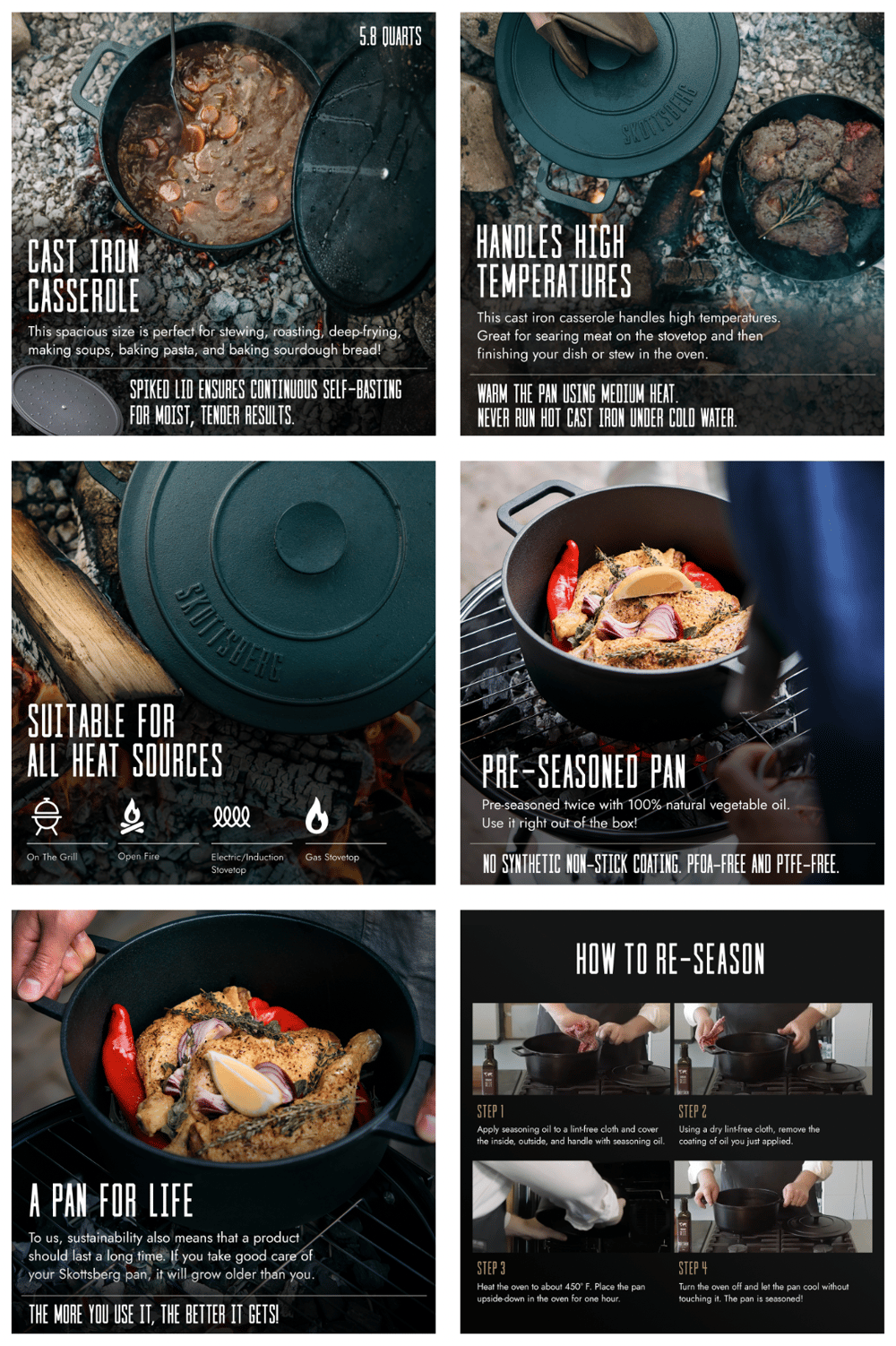
All images are using benefits-focused copy, which correlate to the 5 bullet points, and the 7th image has additional information that didn’t fit in the bullet points.
#2 Text Graphics are Mobile-Friendly
Over 55% of sales on Amazon come from mobile devices, so make sure your images have mobile-friendly text that is easy to read on phones.
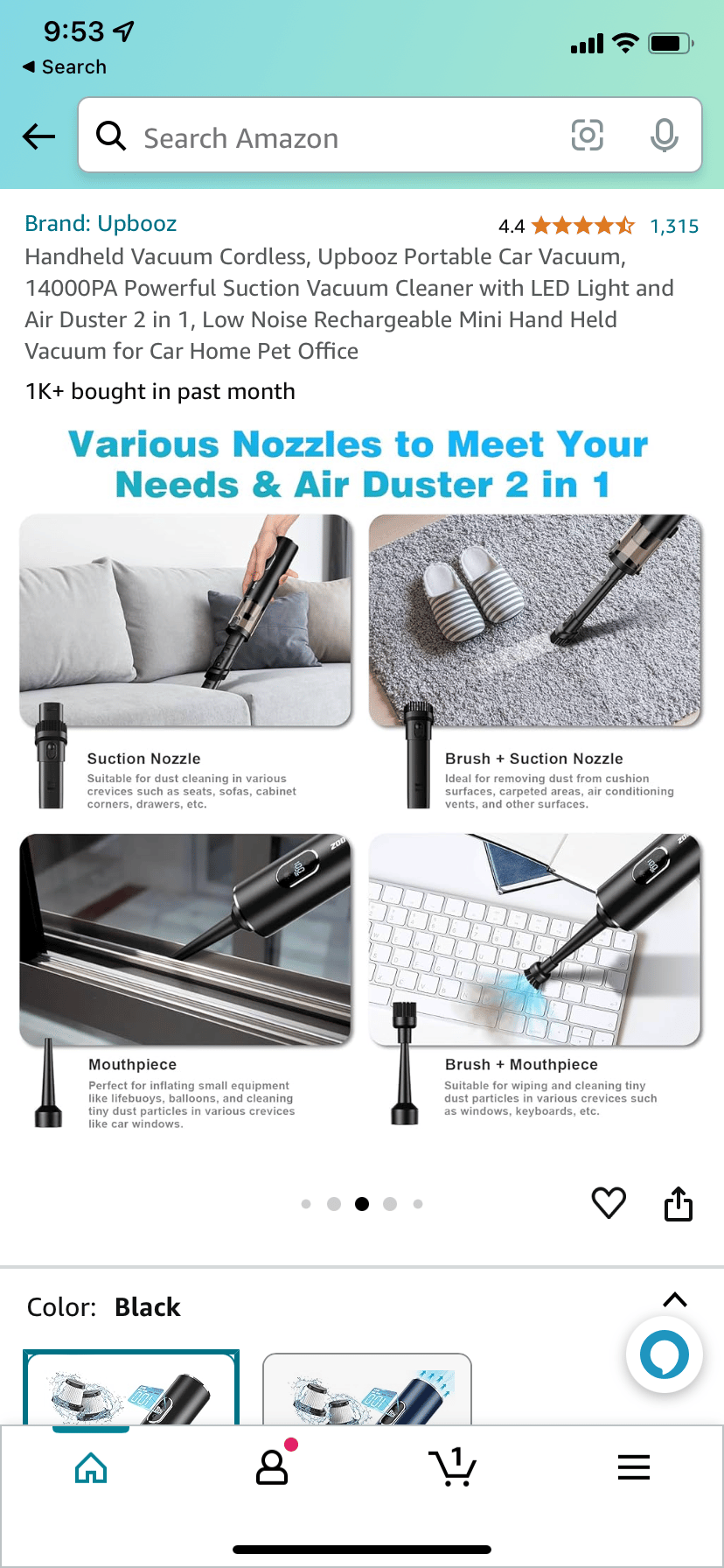
Text is not legible on the mobile app
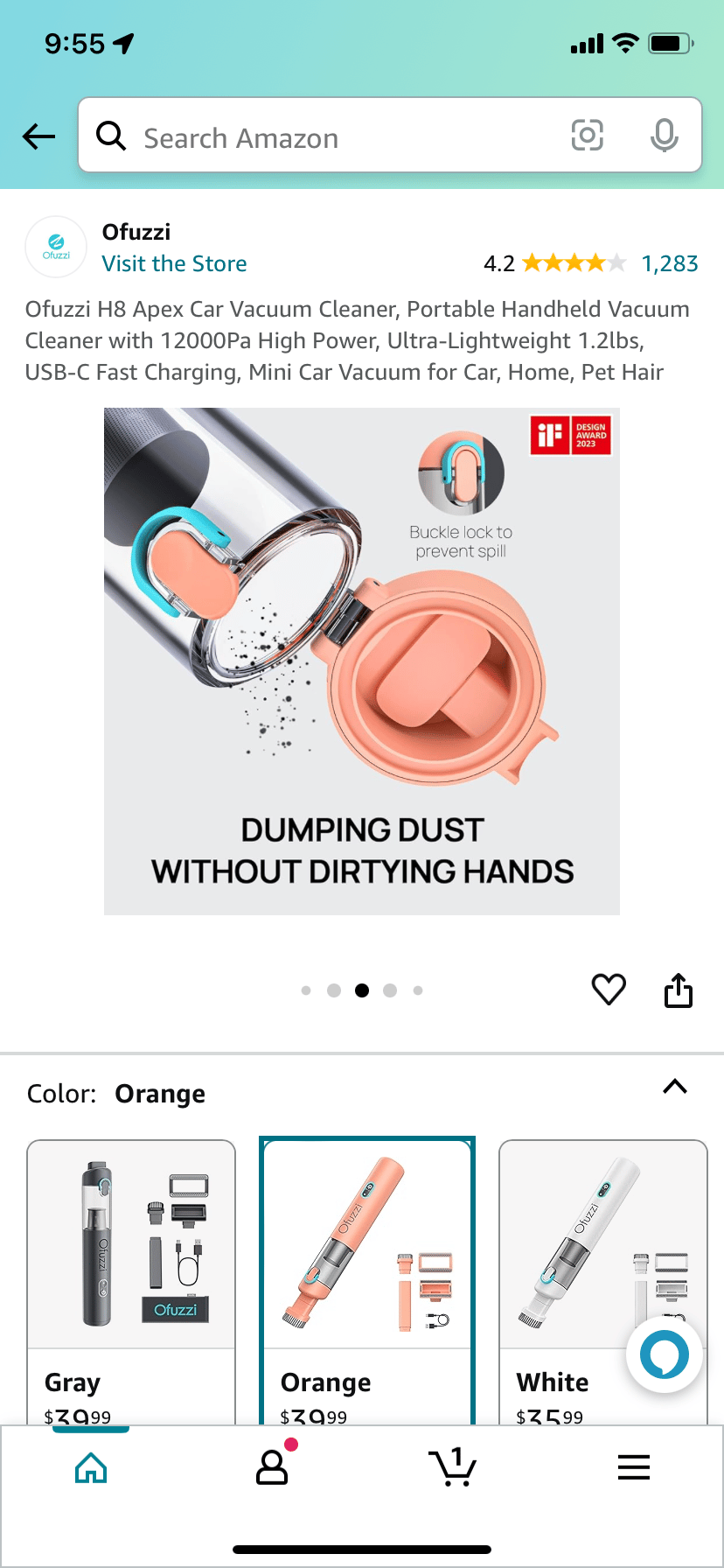
Text is mobile-friendly and easy to read on the mobile app.
#3 Use a Call-Out Banner for Supporting Information
We want to pack as much benefits-focused information into our listing as we can without making it overwhelming. This is why I love to break up the information by putting the main benefit and mass appeal into the top part of the image with a lifestyle photo, and then add a call-out banner to the bottom of the image with additional info.

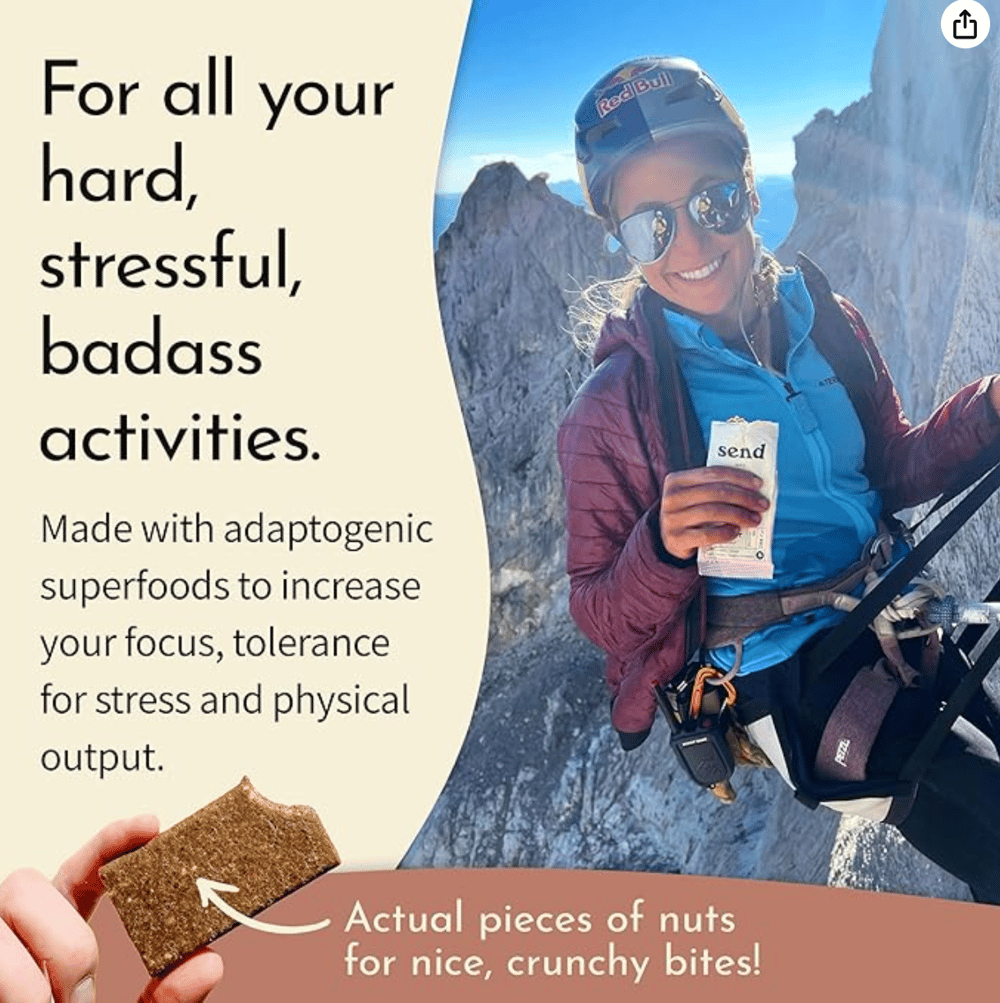
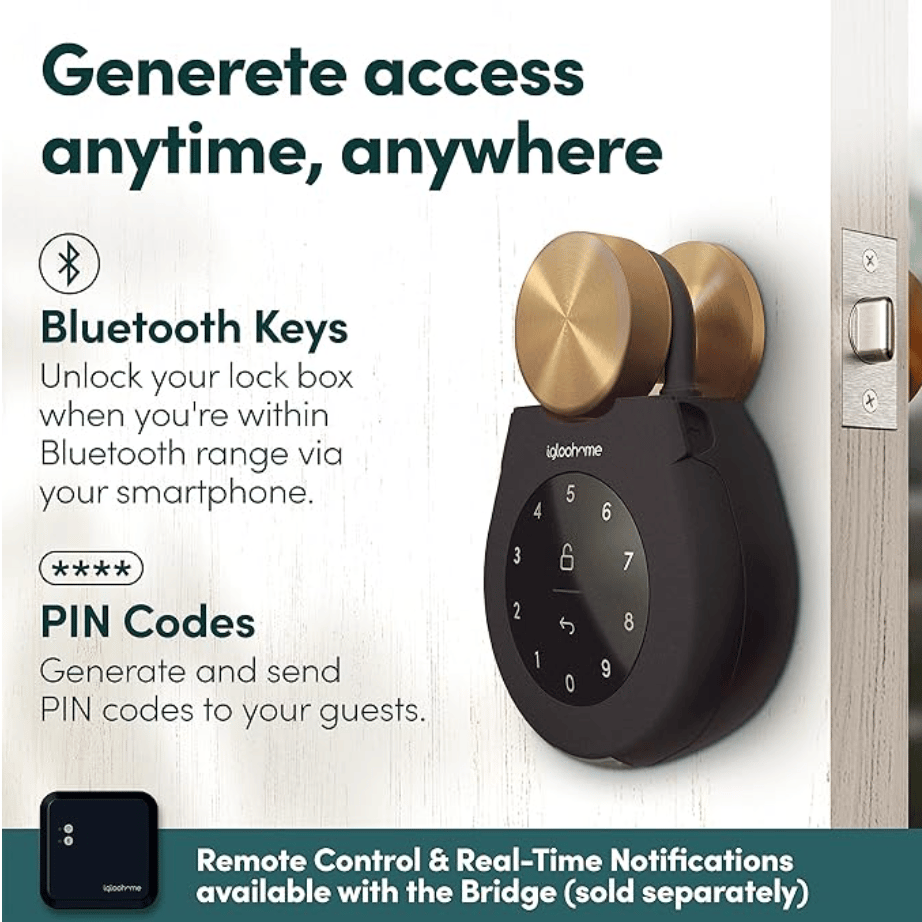

This way, customers who are looking for more information know to scan and look for more, while everyone else focuses on the top part of the image with the main benefit.
#4 Call Out the Obvious
Never assume anything is obvious to Amazon shoppers visiting your listings.
If you sell a cast iron pot, do you really need to say that it works on the stove-top and in the oven?
… you absolutely MUST.
Most Amazon shoppers are trying to solve a specific problem, or they are looking for a specific attribute that fits their needs. The images below show some examples of information that may seem obvious and unnecessary to include, but it’s crucial that these brands mention it:
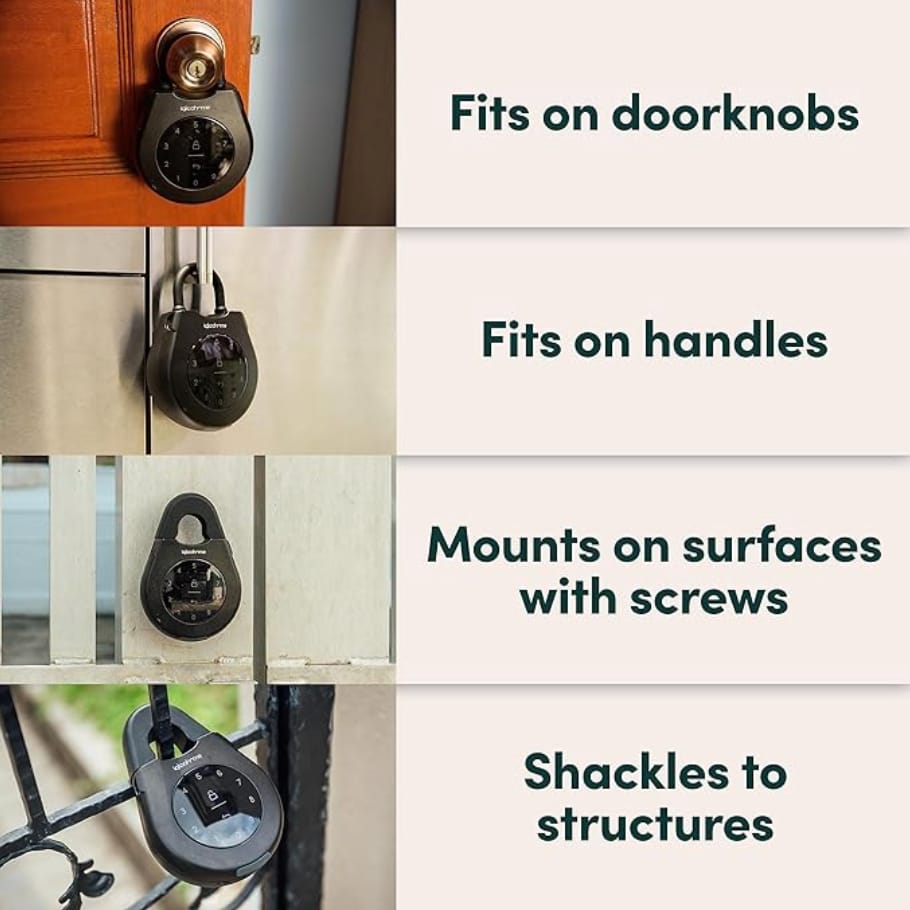
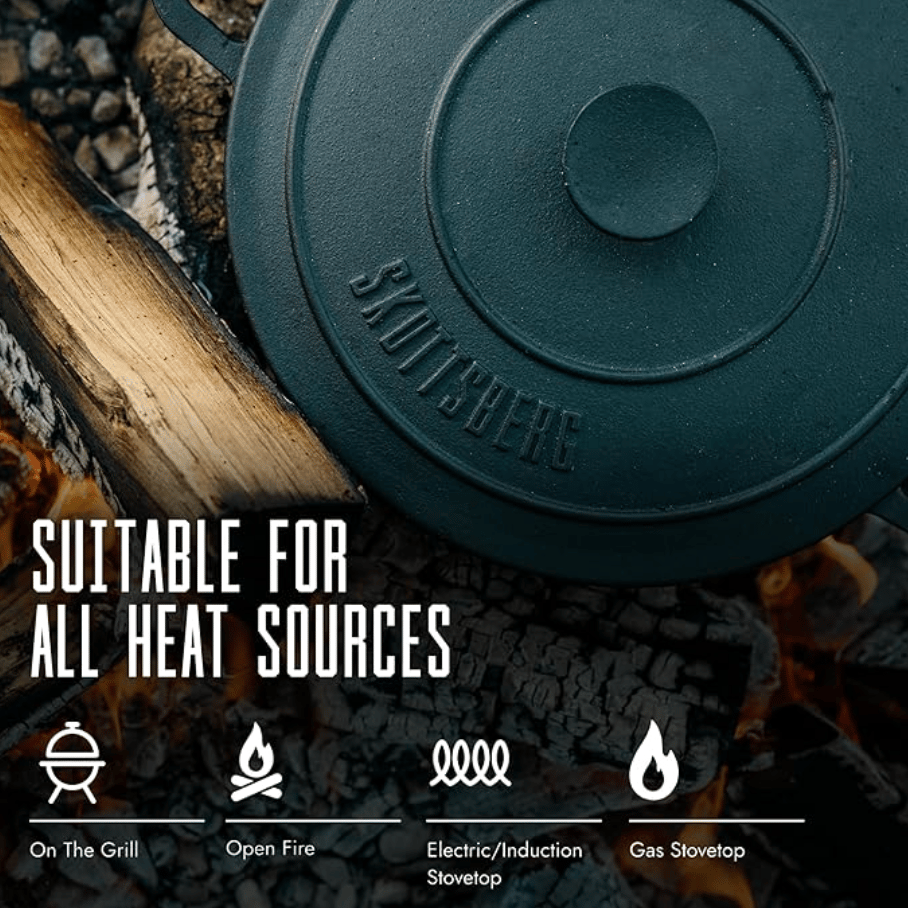
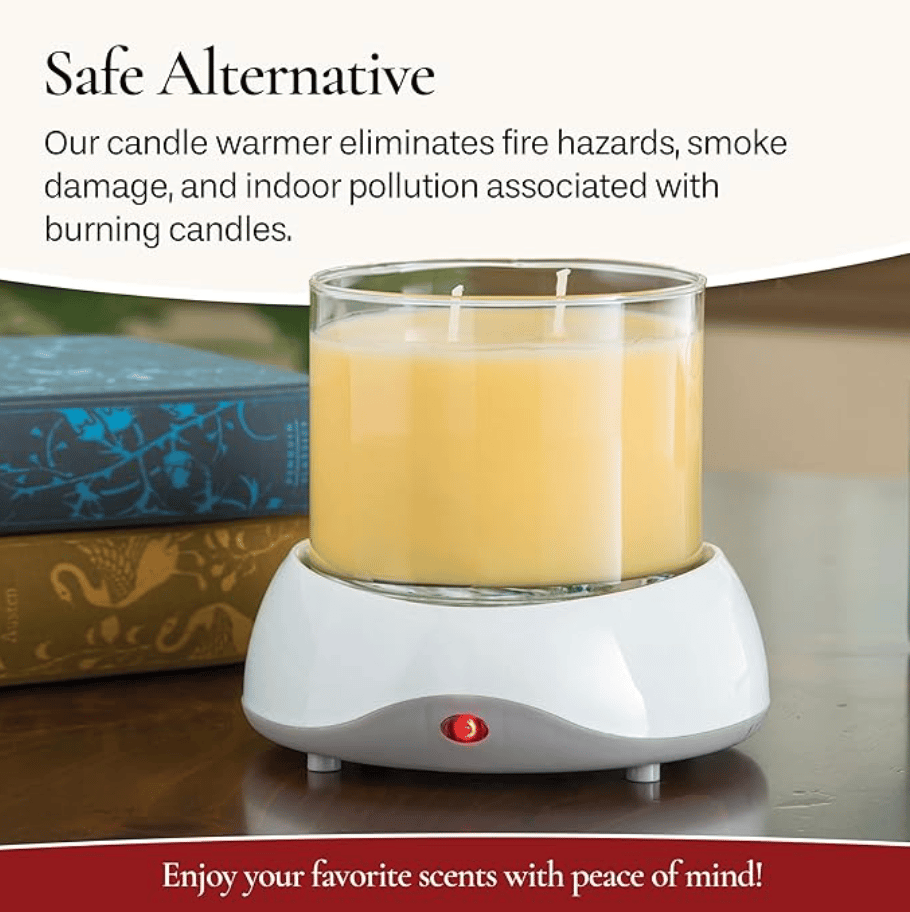
Making the benefits and attributes your customers are looking for extremely obvious is often what pushes a customer over the edge into buying from your brand.
#5 Show the Product in Use
It’s not enough to just SAY what your product does. You need to also SHOW the product in use, including images of your product doing the things you claim it can do.
I was once shopping on Amazon for an air mattress that plugged into an outlet and self-inflated. The “Amazon’s Choice” product made this claim in their title, bullets, and in the images. But there was not a single visual on the listing that showed a wire coming out of the mattress:
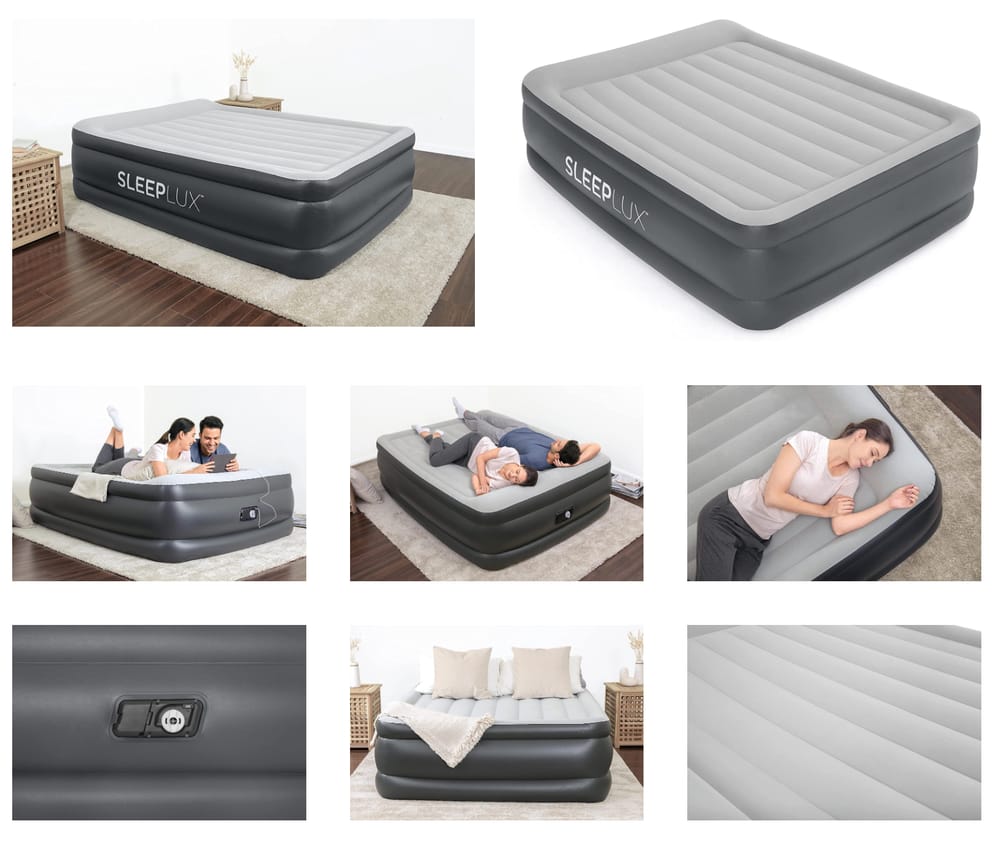
I eventually found their 2nd listing video, which showed a wire being plugged into a wall. I only looked this hard because I’m an Amazon listing designer, and I was curious. Otherwise, this would have cost them the sale:

You can mitigate Amazon shoppers' perceived risk of ordering from your listing by just clearly showing everything about your product and showing it in use.
Showing your product more clearly than competitors by using images and videos from different angles and in different use-cases could allow you to steal sales even if those competitors have a better overall offer.
#6 Beautiful Content, Branded Consistently
You will get a higher CVR at higher prices when you create beautiful content that is branded consistently across all of your products’ images, brand story designs, A+ content, brand store, and beyond.
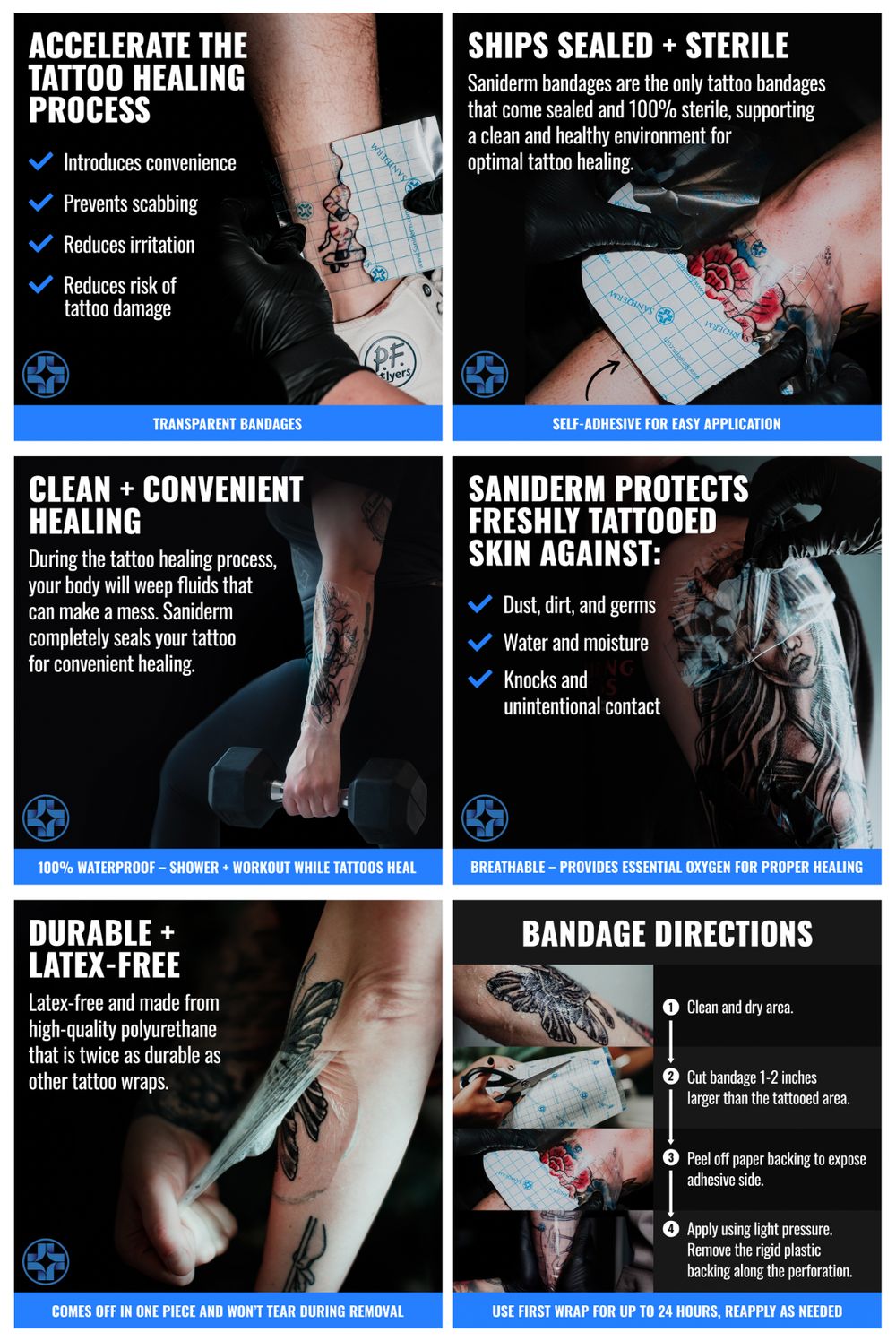
Listing Images

A+ Content
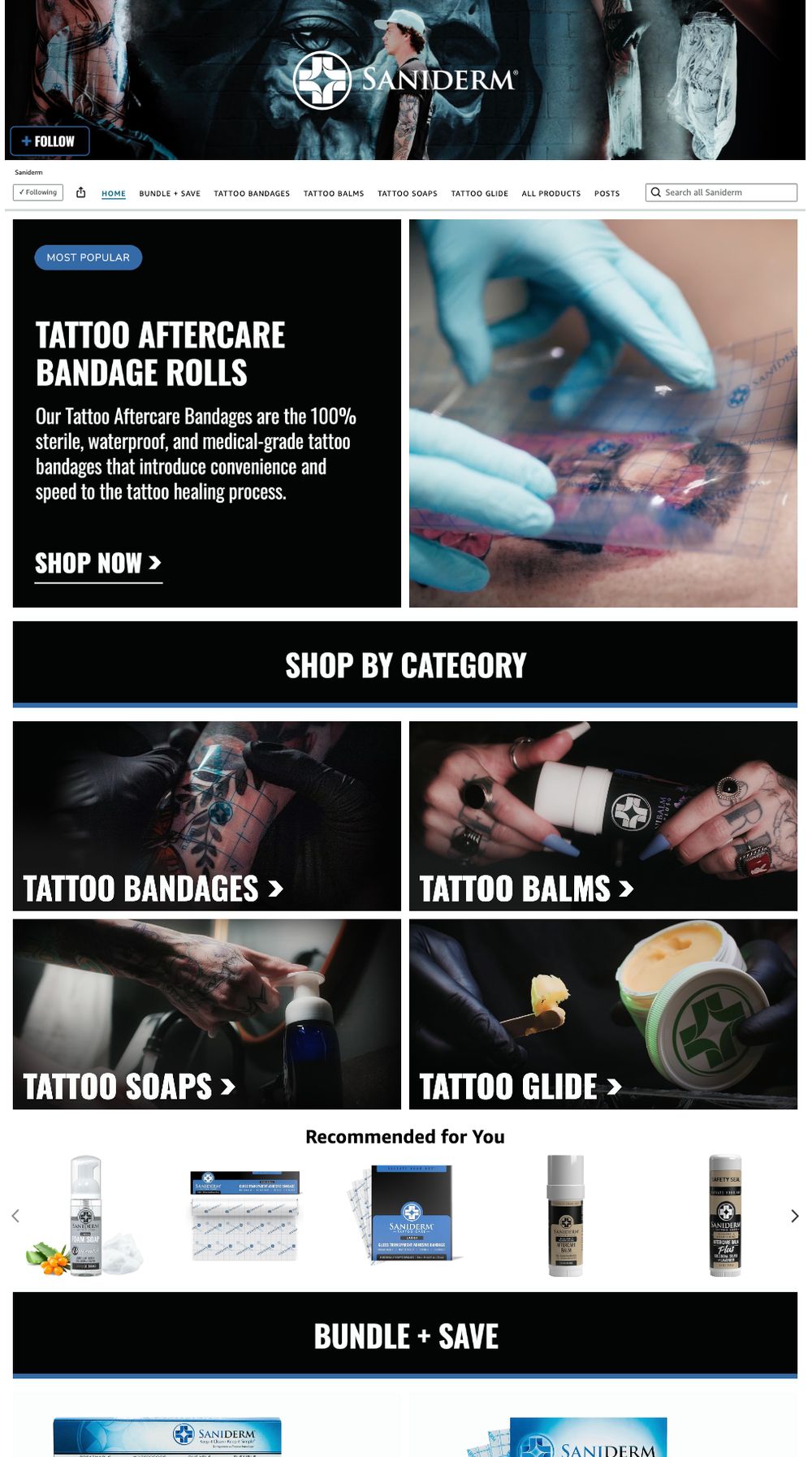
Brand Store
Listing Videos
Adding product videos to your Amazon listing is a crucial component for several reasons.
Listing Videos provide a dynamic way to showcase your product in action, helping customers visualize how it will fit into their lives. They can demonstrate unboxings, features, usage scenarios, and benefits more effectively than images or text alone.
This not only boosts customer confidence but also reduces the likelihood of returns, as buyers have a clearer understanding of what they’re purchasing.
Videos can also significantly enhance your listing’s engagement metrics. Amazon rewards listings that keep customers on the page longer, so adding a well-crafted video will potentially improve your search rankings.
Product videos also cater to different shopping styles, appealing to customers who prefer to watch rather than read, broadening your product's appeal. Ultimately, videos allow to you to more clearly communicate you product and differentiate from competitors, making your product listings more attractive and driving higher conversion rates.
Brand Story
Your Brand Story is a great place to call out what makes your brand unique, direct traffic to the brand store, and cross-promote your product line. Having a published brand story on all of your brand-owned ASINs also allows you to unlock Premium A+ content, which we’ll talk about in the next section.
You can add your logo, include your brand’s tagline, show your best sellers, and link to your Amazon brand store:


A+ Content
Your A+ Content is a great place to differentiate your brand in a big way. By getting access to Premium A+ Content, your brand can stand out by using larger content, video modules, interactive images, carousels that allow you to include much more information, and beyond.
The standard for Amazon listings has changed, and to succeed on Amazon today you need top-of-the-line listings that get you the CVR needed at the price-points needed to be profitable enough to run ads, promotions, and cover all the costs associated with selling on Amazon.
Bottom line (no pun intended): You need to be using Premium A+ Content.
Your Premium A+ Content can include:
- Additional information about the product listing such as directions, best practices, etc.
- Authority & credibility such as press, celebrity endorsements, awards, etc.
- Social proof such as reviews, case studies, celebrity testimonials, etc.
- Cross-promoting your product line to generate interest in other products you sell
- Additional information about your brand story, founders, mission, etc.
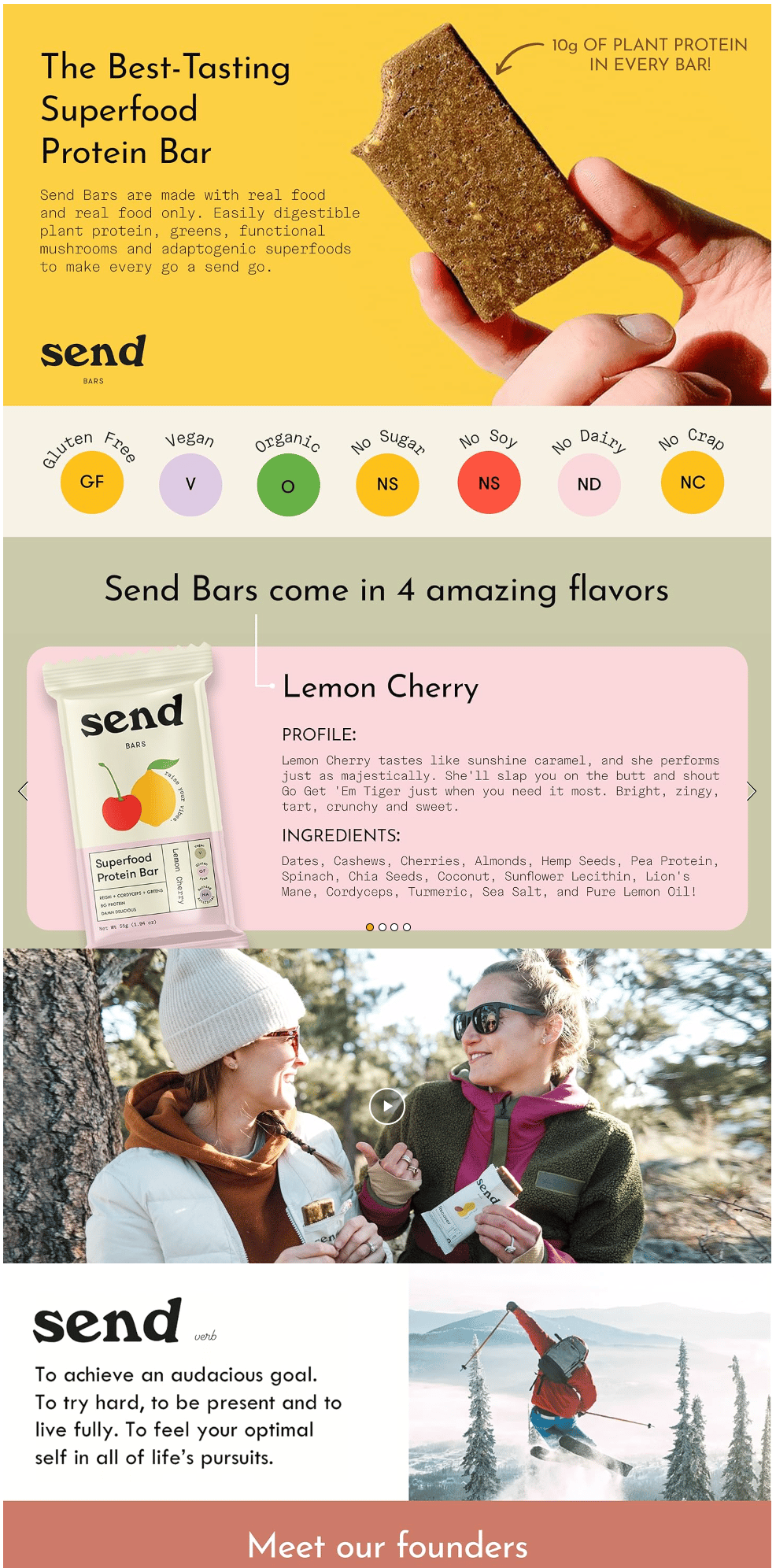
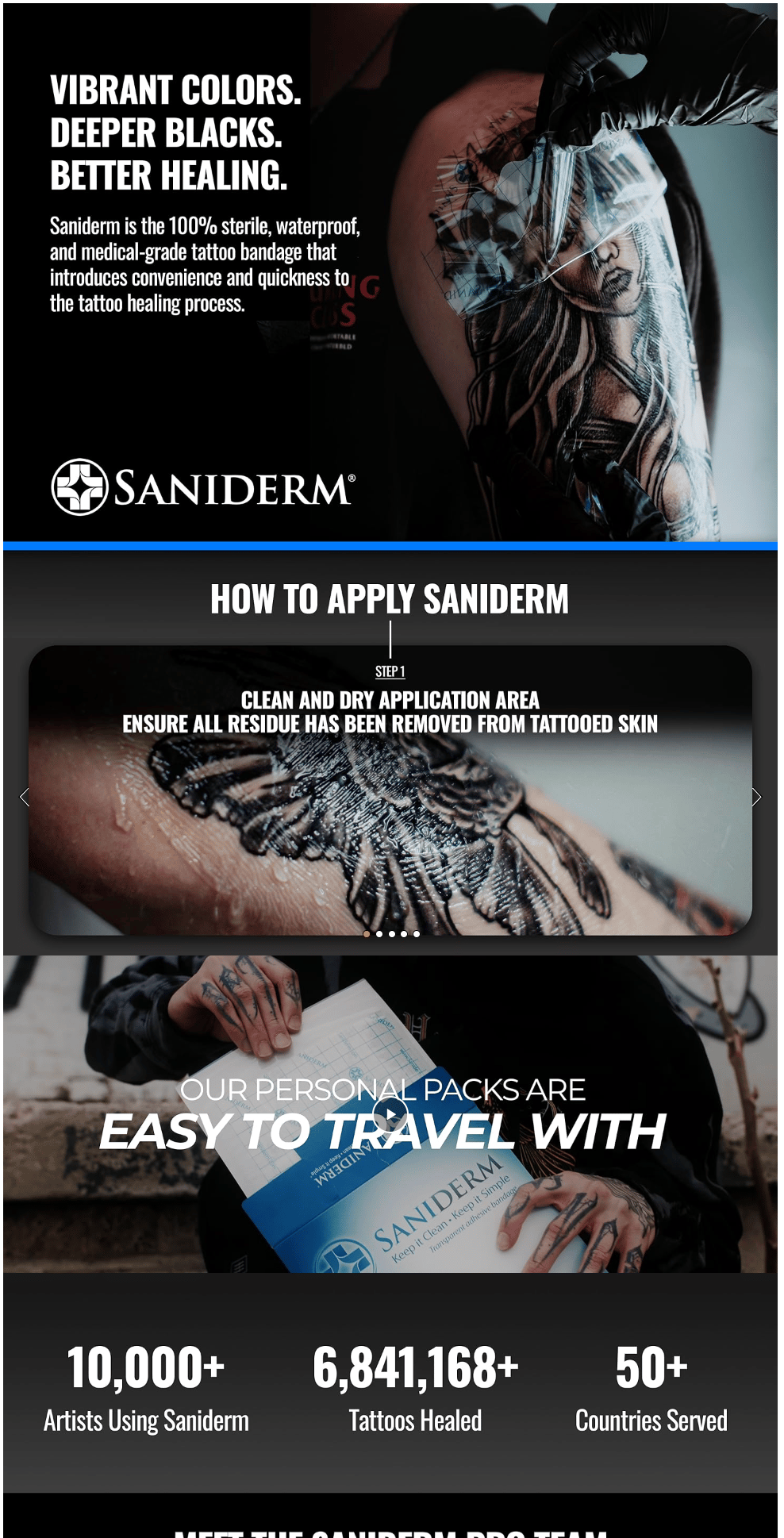
Amazon Posts Section
Amazon Posts are a free tool that allow you to generate potentially hundreds of thousands of impressions for FREE. All you need to do is repurpose your social media content and lifestyle images into Amazon Posts.
The way this helps improves your listings is that by posting your first 10 Amazon Posts, you will unlock a section on your listing pages called “Inspiration from this brand” that shows 10-20 of your Posts with a follow button.
This section is another opportunity to add branded content to your listing, and it replaces what would have been an auto-generated comparison table by Amazon showing competitor products. This table will still appear, but it will show up further down on the listing:

Videos Section
Finally, you can unlock the “Videos” section by having a single video connected to your ASIN. This could be a brand-uploaded video, a customer review that has a video, or an Amazon Influencer video.
It can be costly to get custom video content created for all of your products, which is why you should consider hiring Amazon Influencers to make video reviews for your products. You can find talented Amazon Influencers on fiverr who will make videos of your products for as low at $30 on a high-quality camera and microphone.
These videos qualify for the Videos section on your listing, and these will also show up with your brand-uploaded videos in the listing images section. In the Videos section below, you can see the video review by Amazon Influencer Adrian Lard, along with 2 customer review videos and Saniderm’s brand-uploaded video:
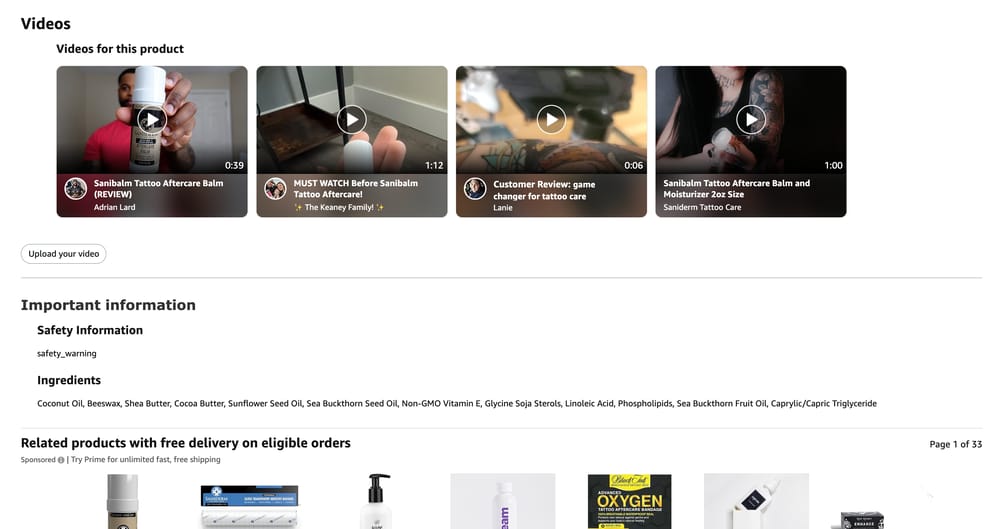
Conclusion
The standard for Amazon listings in 2024 has changed dramatically from what used to work. You now need enough margin in your price for Amazon costs, advertising, and promotions to succeed. Creating top-of-the-line listings using benefits-focused copy, beautiful content, branding consistency, product videos, and more allows you to charge the prices necessary and get the CVR performance necessary to beat your competition and continue to grow profitably.
Unlock Your Amazon Potential
%20(1).avif)

.png)

